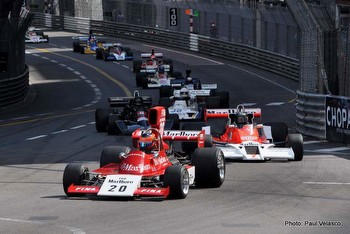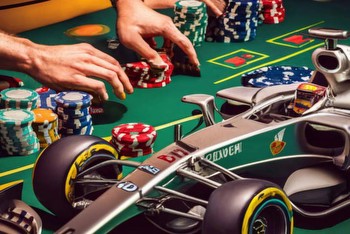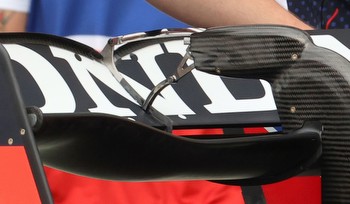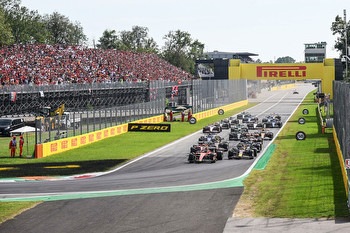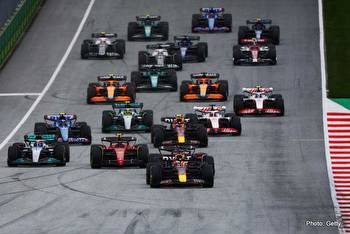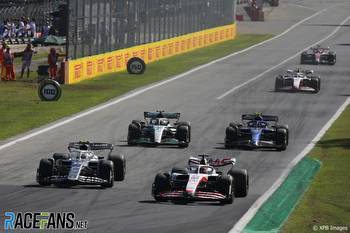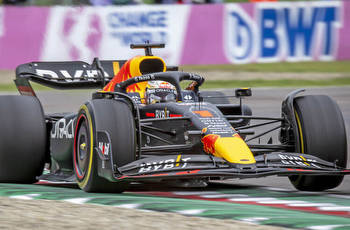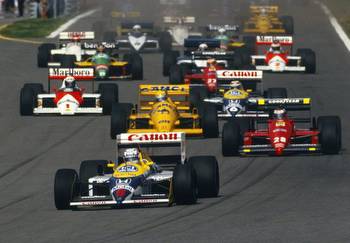Wings of speed: The DRS effect in Formula 1
In the adrenaline-fueled world of Formula 1, where every millisecond counts, technology plays a pivotal role in determining the outcome of races. One such technological marvel that has revolutionized the sport is DRS, or the Drag Reduction System. But how does DRS work, and why is it a game-changer for both drivers and online bettors looking to up the stakes on the track?
DRS is a system designed to reduce aerodynamic drag and increase straight-line speed. Introduced in Formula 1 in 2011, it has since become a strategic tool for drivers and their teams. The system consists of a moveable rear wing, and its usage is regulated by the Fédération Internationale de l’Automobile (FIA). Here’s how it works:
When a pursuing driver is within one second of the car in front and within the designated DRS zone, they have the opportunity to activate DRS. This action adjusts the angle of the car’s rear wing, reducing downforce and drag. The result? A significant increase in speed, sometimes up to 10-12 mph, which can be a game-changer on long straights.
Now, you might be wondering, how does DRS affect the outcome of races and, more importantly, how can savvy bettors leverage it?
Overtaking Opportunities – DRS zones are strategically placed on tracks to encourage overtaking. Drivers can use DRS to close the gap to the car in front and make a move for a pass. This adds an exciting element of unpredictability to races, making it crucial for bettors to gauge a driver’s skill in utilizing DRS effectively.
Strategic Timing – DRS activation isn’t a free pass to victory. Drivers must strategically time its use to maximize its benefits while conserving it for crucial moments. This requires a deep understanding of the race situation, track conditions, and the competition. Bettors should consider these factors when assessing a driver’s chances.
A detailed view of the Mercedes DRS system
Defensive Tactics – It’s not just the pursuer who can benefit from DRS. The leading driver can use it defensively to maintain their position. Knowing when and how to use DRS to fend off challengers is a skill that can make or break a race. Bettors should watch for these defensive maneuvers and their impact.
For fans looking to elevate their Formula 1 experience, online betting sites offer a thrilling avenue to engage with the sport. Here’s where the betting twist comes into play:
DRS-Driven Bets – Betting on which driver will use DRS most effectively or timing the moment of DRS activation can add an extra layer of excitement to your F1 experience.
Track-Specific Insights– Different tracks pose varying challenges for DRS usage. Some tracks have long straights where DRS is a huge advantage, while others have complex corners where downforce is critical. Understanding these nuances can give you an edge when placing bets.
Driver Expertise – Bet on drivers known for their DRS mastery. Analyze their past performance and track records when DRS is in play. Consistency in utilizing this system can be a key factor in successful betting.
In conclusion, DRS in Formula 1 is more than just a technological innovation; it’s a strategic tool that can turn the tide of races. So, next time you watch an F1 race, keep a keen eye on DRS, and consider how it might influence your betting strategy on future events.

